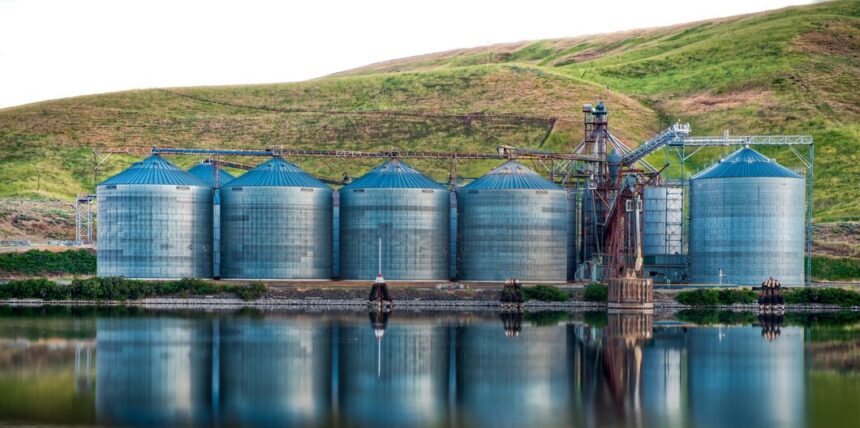South Africa is prone to various natural disasters such as droughts, floods, and fires, which can significantly impact agricultural productivity. Effective disaster preparedness is essential for minimizing damage and ensuring the resilience of farming operations. Here are ten techniques South African farmers can apply for disaster preparedness:
1. Develop a Comprehensive Disaster Plan
Creating a detailed disaster plan is crucial. This plan should outline procedures for various scenarios such as floods, fires, or droughts, and include contact information for emergency services, a list of essential supplies, and evacuation routes.
2. Implement Water Conservation Strategies
Water scarcity is a significant concern in South Africa. Farmers should invest in water-saving technologies such as drip irrigation, rainwater harvesting systems, and soil moisture monitoring to ensure efficient water use and reduce vulnerability to droughts.
3. Maintain Proper Soil Management
Healthy soil can help reduce the impact of floods and droughts. Techniques such as soil conservation, cover cropping, and organic matter addition improve soil structure and water retention, enhancing the land’s resilience to extreme weather conditions.
4. Invest in Infrastructure Improvements
Strengthening infrastructure such as buildings, storage facilities, and irrigation systems can help mitigate disaster damage. Farmers should ensure that structures are well-maintained and capable of withstanding extreme weather events.
5. Conduct Regular Risk Assessments
Regularly assess the risks specific to your farming operation. This includes evaluating the vulnerability of crops, livestock, and infrastructure to potential disasters. Adjust your disaster plan based on these assessments to address emerging risks.
6. Establish Emergency Communication Systems
Reliable communication is vital during disasters. Set up emergency communication systems, including satellite phones, radio systems, and community alert networks, to stay informed and coordinate with emergency responders.
7. Develop a Livestock Management Plan
Prepare for the safety and health of livestock during disasters. This includes designing evacuation plans, ensuring adequate food and water supplies, and securing shelter. Consider microchipping animals for easy identification.
8. Create Firebreaks and Implement Fire Management Practices
In fire-prone areas, establishing firebreaks and maintaining cleared zones around properties can help prevent the spread of fires. Additionally, implementing controlled burns and proper waste management practices can reduce fire risks.
9. Participate in Community Preparedness Programs
Engage with local agricultural and community organizations to stay informed about regional disaster preparedness initiatives. Collaborative efforts and shared resources can enhance overall preparedness and response capabilities.
10. Secure Financial Protection
Disasters can have significant financial impacts. Consider investing in insurance policies tailored for agricultural risks, such as crop insurance and property insurance. This can provide financial support in the aftermath of a disaster and help with recovery efforts.
By applying these disaster preparedness techniques, South African farmers can better protect their assets, minimize disruptions, and enhance their resilience to natural disasters. Proactive planning and strategic investments in disaster readiness are essential for maintaining a sustainable and productive farming operation in the face of unpredictable challenges.
Join 'Farmers Mag' WhatsApp Channel
Get the latest Farming news and tips delivered straight to your WhatsApp
CLICK HERE TO JOIN






